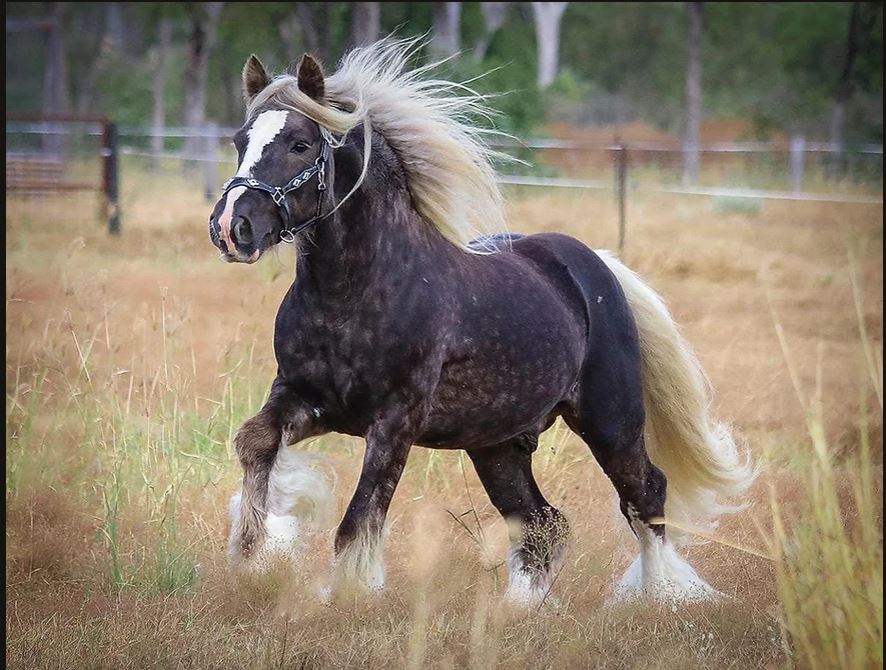February 7th, 2024Glen, about the house

Perennials
Among the multi-classified members of the plant world, one group, probably
the largest, are the perennials. More than any other plant group they, in their
thousand-plus forms, can offer a year-round rich palette of colour, fragrance
and texture, either by their flowers or foliage.
Although multitudinous in their shape, size and behaviour, perennials are
defined as non-woody plants which live for two or more years. Some, including the
helleborus (winter rose), are evergreen, but most are herbaceous and die back in
winter. All adding to the year-round broad spectrum of colour.
All perennials are easily propagated, in fact, many do it themselves, like the shasta daisy and perennial grass, pictured above, and simply produce plantlets around their perimeter, as do carnations, gerberas, cannas and a plethora of other perennials. They are then easily gently separated from the parent and replanted.
Some more adventurous than the rest make it easy for you to produce their little
plantlets on slender stems for you to simply snip the stem and plant, either in a small
container of fibrous loam, or into the garden bed, depending on the size and strength
of the little rootlets.
While the title perennial doesn’t apply to bulb producers, such as daffodil,
hyacinth etc, a whole range of plants multiply from a corm, or tuber – a short,
vertical, swollen underground plant stem that serves as a storage organ that some
plants use to survive winter. These include iris and the ever-loving country fence
(including ours) hugging blue, and occasional white agapanthus.
There are plenty of popular plants that you and I would never have thought of as
belonging to the perennials brigade but on browsing the Royal Horticultural Society
Plant Guide’s Perennials section I was stunned to find names I would never have
imagined. Plants like African violets, begonias, primulas, pelargonium, sansevieria, (snake plant), and on and on.
Time for division
Between now and late April you can increase your own stock of perennial plants
by division. Clumps of aster, agapanthus, shasta daisy, campanula and similar plants can be
lifted, split apart by the two fork method – two garden forks placed back to back used
to lever – or if possible, gently by hand.
The younger portions can then be replanted in good soil, to which has been added a fairly liberal dressing of blood and bone, or similar organic fertiliser.
One or two of our most popular perennial plants are best left until spring. These
include cannas, pampas grass and those which normally die back to a dormant crown
during the winter. In spring the new shoots can be seen and divided without damage,
while the warming soil will encourage rapid root re-growth.
It’s usual at this time to cut back perennials when they have finished flowering
and to remove any dead leaves. This is partly to make for a clean looking garden but
also to reduce the number of hiding places for slugs and snails. That is, unless you are
living in a high frost area.
Many plants will begin to make new roots when there are a few mild days in
winter, and a subsequent hard frost can damage such growths. If the old leaves and
dry growth are left on they will protect young plants and can be removed just as easily
once the frost season is over.
Got a gardening query? Email glenzgarden@gmail.com










